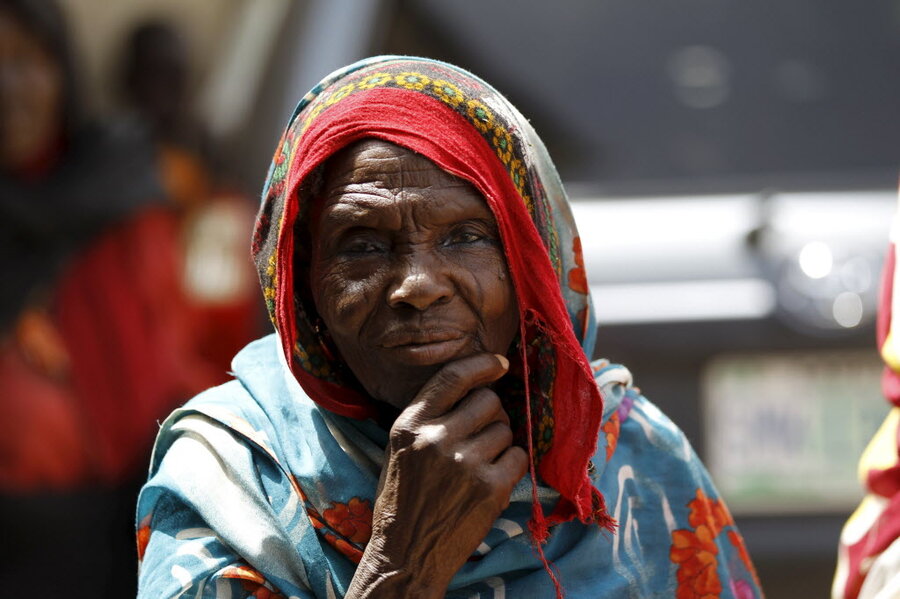A counternarrative for Boko Haram’s victims
Loading...
Nigeria’s war on the jihadist group Boko Haram is largely succeeding, bringing a relative calm to the country’s devastated northeast. Since 2009, the insurgents have killed more people than the Islamic State has in the Middle East. In one state alone, Borno, there are now more displaced people – 1.4 million – than all the refugees who fled to Europe last year. Despite the reduced violence, aiding the war’s victims is still more urgent than ever. In December, international donors plan to meet in Geneva to address Nigeria’s immense humanitarian crisis.
Material aid, however, is not all that Nigeria’s displaced millions need. Many require help with the emotional scars from witnessing the cruel violence of Boko Haram. Some 1.8 million children must return to school, especially to prevent them from joining jihadist groups. Entire communities have to be restored.
Most of all, these Nigerians need to steadily change the image of themselves as victims. That is not always easy when their current plight, which is serious, is constantly depicted in international media and then played back to them. The narrative of suffering often lasts long after the suffering is relieved.
One woman, a nurse and photojournalist named Fati Abubakar, has been offering a counternarrative. She is a native of Borno’s capital, Maiduguri, a city that has taken in some 600,000 displaced people. Last year, she became unhappy with the one-sided stories about the war’s victims. She began to take pictures of the people – laughing children, lively shoppers – to reveal their resiliency and their eagerness to thrive in the midst of adversity.
“The insurgency has been portrayed from mostly one angle, which is devastation and death. I was tired of the trauma narrative so I diverted from it,” she told NPR.
She posted the images on Instagram and Facebook, drawing a large global audience, and then she was given a gallery show in Lagos. Most of all, the people of Maiduguri began to appreciate the images of themselves as hopeful after years of violence and deprivation. Many even asked her as she walked the streets if they could pose for her.
Ms. Abubakar’s work offers a fresh insight on the meaning of disaster aid. Those who wish to help after a tragedy must also lift the mental state of victims – by a counternarrative – as well as a person’s physical circumstances. Wars are not only won with armies and humanitarian supplies. People who have fled violence also need a mirror to their natural insistence on the good in life.







